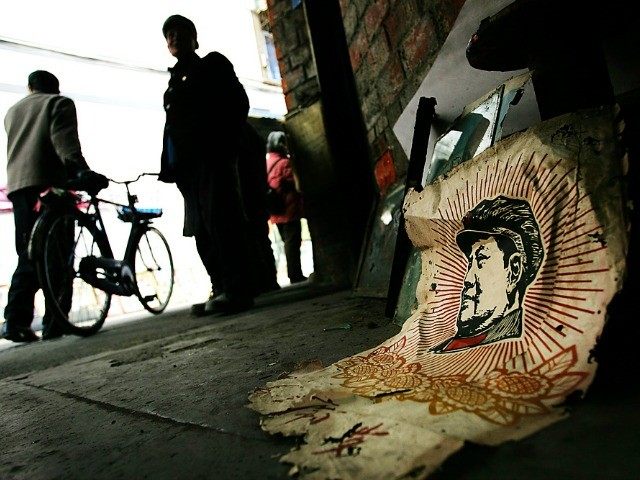In the Chinese version of hope and change, circa 1968, a painting of Communist leader Mao Zedong was created, later becoming the most reproduced painting in history, as Mao’s government printed it 900 million times so every person in China would have a copy.
Liu Chunhua was 24 and a government propagandist in the paramilitary “Red Guard” unit when he painted “Mao Zedong Goes To Anyuan,’ what Elizabeth J. Perry, author of Anyuan: Mining China’s Revolutionary Tradition, wrote was “said to be the most reproduced painting in history.” The painting was called by chineseposters.com, “perhaps the most important painting of the Cultural Revolution period,” and “the benchmark for the iconographical representation of Mao.”
Liu showed Mao, who was born in 1893, standing on mountaintop near Anyuan in 1922, as though he was to organize the communist-led coal miners’ strike. By 1968, the Chinese Communist movement, founded in 1921, had fastened on the strike in Anyuan as a watershed moment for the movement.
But in truth, Mao, who was instrumental in the Cultural Revolution starting in 1996 which then elevated him to god-like status in the spring of 1968, was not in charge of the Anyuan strike, only “indirectly involved,” as former Washington Post China correspondent Philip Pan has written, adding, “but the party later exaggerated his role and wove the story of the strike into its founding mythology.”
Mao oversaw the murder of millions or people in the Cultural Revolution, but Liu had an agenda to carry out. As he has stated:
To put him in a focal position, we placed Chairman Mao in the forefront of the painting, advancing towards us like a rising sun bringing hope to the people. Hishead held high in the act of surveying the scene before him conveys his revolutionary spirit, dauntless before danger and violence and courageous in struggle and in ‘daring to win’; his clenched fist depicts his revolutionary will, scorning all sacrifice … The old umbrella under his right arm demonstrates his hard-working style of traveling, in all weather over great distances, across the mountains and rivers, for the revolutionary cause.”
Liu also said, in a telling statement to the cult of personality surrounding Mao:
Every one of our family has a deep love for Chairman Mao. Never once have I become tired of looking at Chairman Mao’s pictures. On the contrary, the more I look, the more I feel that he is close to me. Since childhood I have liked to draw pictures of him. I collected many photographs of him, looked at these every day and learned how to do a good picture of him. The more I paint, the more I feel Chairman Mao is dear to me. Even so, using all the paints and brushes in the world I could hardly express my deep love and veneration for our great leader.

COMMENTS
Please let us know if you're having issues with commenting.